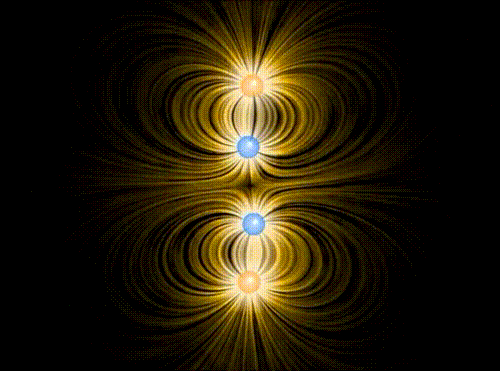Bouncing liquid jets
xantox, 19 July 2007 in NewsOther Languages:
Physicists from the University of Texas at Austin found that “a liquid jet can bounce off a bath of the same liquid if the bath is moving horizontally with respect to the jet. Previous observations of jets rebounding off a bath (e.g. Kaye effect) have been reported only for non-Newtonian fluids, while we observe bouncing jets in a variety of Newtonian fluids, including mineral oil poured by hand. A thin layer of air separates the bouncing jet from the bath, and the relative motion replenishes the film of air. Jets with one or two bounces are stable for a range of viscosity, jet flow rate and velocity, and bath velocity. The bouncing phenomenon exhibits hysteresis and multiple steady states”.1

- M. Thrasher, S. Jung, Y. Kwong Pang, C. Chuu, H. L. Swinney, “The Bouncing Jet: A Newtonian Liquid Rebounding off a Free Surface“, arXiv:0707.1721v1 [physics.flu-dyn] (2007). [↩]


